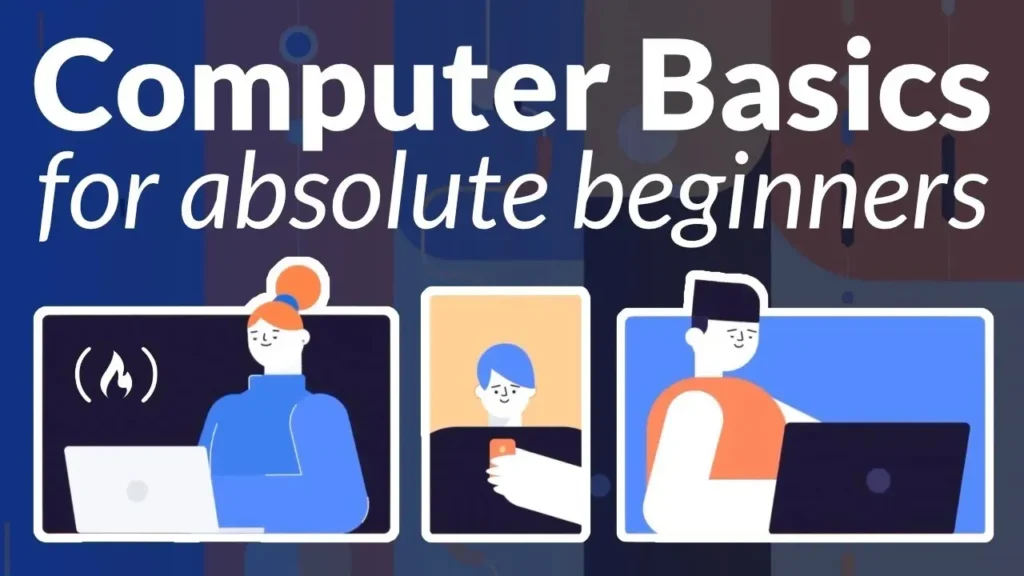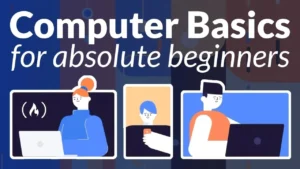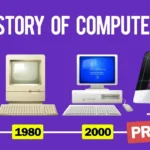What are basic computer skills to understand for students?
What are basic computer skills to understand for students? Students of all levels today rely on having some computer knowledge. Students use computers to do research, communications, homework, and learning new skills both in elementary school and in college. Familiarity with basic computer functions will enable one to perform academically much better and open opportunities to succeed in the future.
Why Students Need Computer Skills
- Computer skills allow pupils to:
- Complete projects successfully.
- Use websites and learning tools.
- Communicate with your peers and teachers.
- Advance in critical thinking and problem-solving capacity.
- Be ready to work in the technology-driven future.
- Basic Computer Skills All Students Should Acquire
1. Typing Ability
- rapid and precise touch typing
- Understanding the QWERTY layout
- Use of tools to practice online typing
2. Using Operating Systems
- Getting Around Windows or macOS
- Understand folders, files, and desktop navigation.
- Keeping storage spaces organized
3. Word processing
- Working in Google Docs or Microsoft Word
- Document layout—headings, font style, margins
- Saving, printing, and distributing documents
4. Documents
- Google Sheets or Microsoft Excel Foundations
- Data entry, basic equations and graphs
- Data Arranging in Tables
Arranging
5. P presentations
- Creating slides with Google Slides or PowerPoint
- Adding photographs, text, and animations.
- Effectively and distinctly explaining concepts
6. Web and online browsing
- Using Firefox or Chrome as browsers
- conducting effective keyword searches
- Handling URL addresses and bookmarking
7. Correspondence via Email
- Creating and sustaining email accounts
- Writing, replying to, and planning emails.
- Understanding of email etiquette
8. Cybersecurity and Online Safety
- writing robust passwords
- Identifying suspicious websites and scammers
- safeguarding personal data online
9. Utilizing Platforms and Learning Software
- Bargaining with Google Classroom, Microsoft Teams, Zoom
- completing homework and taking classes online.
- Engaging in digital co-operation and debates
10. Key Troubleshooting
- Starting equipment or programs
- looking at internet connections
- Understanding key mistake signals
In short
Learning these basic computer skills will assist students in and out of the classroom to a significant extent. Students who are technology savvy will be distinctly ahead of their peers as technology continues to be integrated into classrooms. Early development encouragement of these skills leads to self-confidence, autonomy, and readiness in the future.
Frequently Asked Questions
1. At what age should children start learning computer skills?
Early in primary school, essential skills such as the use of the mouse and typing can be introduced.
2. Should students learn both Windows and macOS?
While not strictly necessary, it is helpful. Mastering one system provides one with the foundation to easily master others.
3. How quickly could pupils type?
Through regular practice on freely accessible typing services like TypingClub or Keybr.
4. What tools would be best suited to let pupils create presentations and papers?
Most commonly used are Google Workspace (Docs, Slides) and Microsoft Office (Word, PowerPoint).
5. In what ways can parents assist their child in learning computers?
Encourage supervised practice, grant them exposure to instructional aids, and guide them through internet safety.



